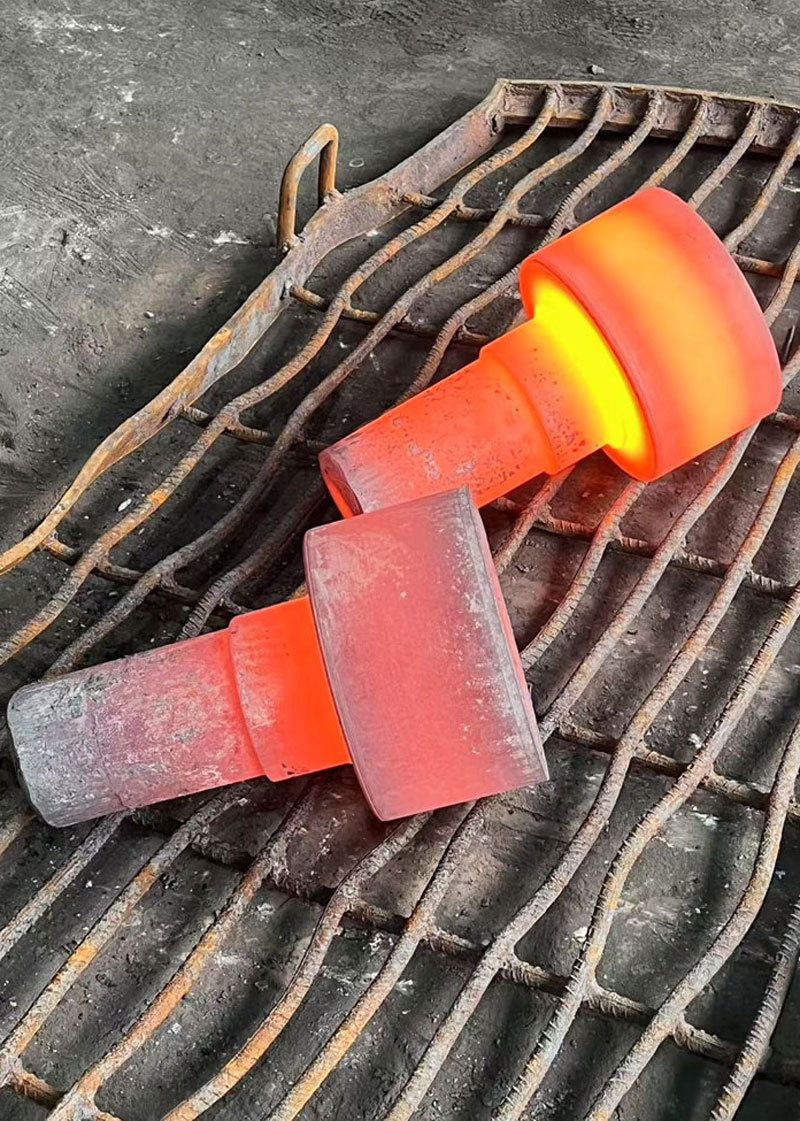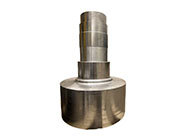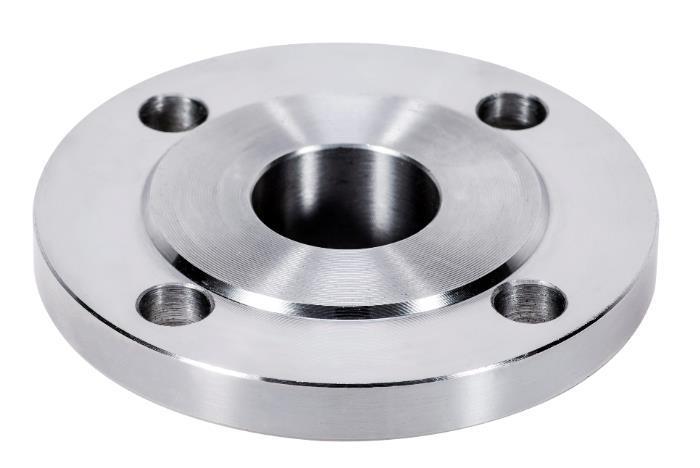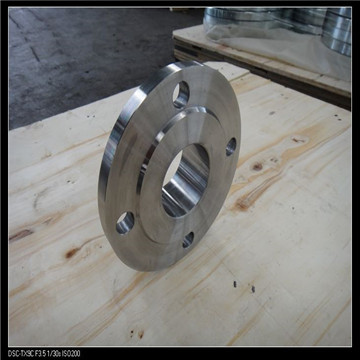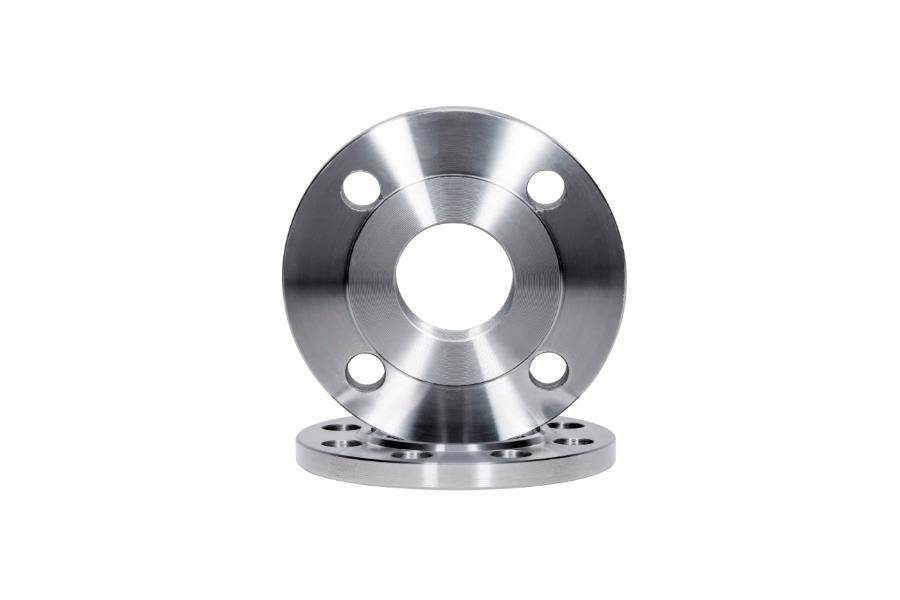A Comprehensive Guide to Selecting the Perfect Sliding Flange for Your Construction Needs
Release time:
2025-05-05
A Comprehensive Guide to Selecting the Perfect Sliding Flange for Your Construction Needs In the world of construction and decorative materials, choosing the right components plays a crucial role in ensuring the integrity and efficiency of your projects. Among these components, the sliding flange stands out as an essential part of numerous piping and structural systems. This guide aims to provid
A Comprehensive Guide to Selecting the Perfect Sliding Flange for Your Construction Needs
In the world of construction and decorative materials, choosing the right components plays a crucial role in ensuring the integrity and efficiency of your projects. Among these components, the sliding flange stands out as an essential part of numerous piping and structural systems. This guide aims to provide in-depth insights into selecting the perfect sliding flange, addressing everything from material choices to installation techniques.
Table of Contents
- Understanding the Sliding Flange: What You Need to Know
- Key Factors When Selecting a Sliding Flange
- Materials and Designs for Sliding Flanges
- Common Applications of Sliding Flanges
- Installation Tips for Sliding Flanges
- Maintenance of Sliding Flanges
- Troubleshooting Common Issues with Sliding Flanges
- Frequently Asked Questions
- Conclusion
Understanding the Sliding Flange: What You Need to Know
Before diving into the selection process, it's essential to understand what a sliding flange is. A sliding flange is a type of flange that allows for thermal expansion and contraction in piping systems. Its unique design facilitates movement while maintaining a secure connection between pipes. This adaptability is crucial in systems where temperature fluctuations could lead to stress and potential failure.
What Makes Sliding Flanges Unique?
Sliding flanges differ from fixed flanges primarily due to their design, which permits axial movement. This feature is particularly beneficial in high-temperature or high-pressure environments, where materials could expand or contract significantly. Understanding the functionality of sliding flanges is key to making an informed selection.
Key Factors When Selecting a Sliding Flange
Choosing the right sliding flange involves various considerations that can significantly impact the efficiency and durability of your construction project. Here are the key factors to keep in mind:
1. Material Compatibility
Flanges come in various materials, including steel, stainless steel, plastic, and bronze. Selecting a material that is compatible with the piping system and the substances being transported is critical. For instance, stainless steel is often preferred for its corrosion resistance, especially in chemical processing applications.
2. Pressure and Temperature Ratings
The performance of a sliding flange is heavily influenced by the pressure and temperature ratings. Ensure that the flange can withstand the conditions of your specific application. This includes considering factors like high-pressure environments or extreme temperatures that can affect material integrity.
3. Size and Dimensions
Proper sizing is essential for a secure and effective connection. The diameter and thickness of the flange should match the pipe specifications. Using a flange that is too large or too small can lead to leaks or system failures.
4. Design Standards and Compliance
Adhering to industry standards is crucial when selecting flanges. Check for compliance with relevant regulations, such as ANSI, ASME, or API, to ensure the sliding flange meets safety and performance standards.
Materials and Designs for Sliding Flanges
Understanding the various materials and designs available for sliding flanges can help you make the best choice for your project.
1. Steel Sliding Flanges
Steel sliding flanges are popular due to their strength and durability. They are often used in high-pressure applications and environments where resistance to wear and tear is essential.
2. Stainless Steel Sliding Flanges
Stainless steel flanges offer excellent corrosion resistance, making them ideal for use in chemical or marine environments. They maintain structural integrity even in harsh conditions.
3. Plastic Sliding Flanges
Plastic flanges are lightweight and resistant to corrosion. They are commonly used in non-pressurized systems or where the transported materials are highly corrosive.
4. Bronze Sliding Flanges
Bronze flanges are often chosen for their resistance to corrosion and strength. They are suitable for marine applications and provide a reliable connection in various environments.
Common Applications of Sliding Flanges
Sliding flanges have a wide range of applications across various industries. Here are some common uses:
1. Piping Systems
Sliding flanges are frequently employed in piping systems, allowing for necessary movement due to thermal expansion. They are used in water supply systems, oil and gas pipelines, and chemical processing plants.
2. HVAC Systems
In heating, ventilation, and air conditioning (HVAC) systems, sliding flanges help manage temperature changes and maintain the integrity of ductwork connections.
3. Electrical Applications
Sliding flanges can be found in electrical conduits where thermal expansion due to electrical loads must be accommodated to avoid stress on cables and connections.
4. Marine Applications
Marine environments present unique challenges, such as saltwater corrosion. Sliding flanges made from bronze or stainless steel are often used in shipbuilding and offshore structures.
Installation Tips for Sliding Flanges
Installing sliding flanges correctly is vital for maximizing performance and longevity. Here are some essential tips:
1. Ensure Proper Alignment
Before tightening, ensure that the flanges are properly aligned. Misalignment can lead to stress points and potential failure.
2. Use Appropriate Gaskets
Select the right gasket material to match your application. This ensures a proper seal and prevents leaks.
3. Tighten Evenly
When tightening the bolts, do so evenly to distribute pressure evenly across the flange. This practice helps avoid distortion and ensures a secure connection.
4. Inspect After Installation
After installation, inspect the flanges for leaks or signs of improper fitting. Address any issues immediately to prevent future problems.
Maintenance of Sliding Flanges
Regular maintenance is essential to prolonging the life of sliding flanges. Here are some maintenance tips to consider:
1. Regular Inspections
Conduct regular inspections to identify signs of wear, corrosion, or leaks. Early detection can prevent costly repairs.
2. Cleanliness is Key
Keep flanges clean and free from debris to maintain optimal performance. Accumulation of dirt and particulates can affect the seal and overall functionality.
3. Lubrication
Apply appropriate lubricants to threaded connections to facilitate adjustments and prevent seizing.
Troubleshooting Common Issues with Sliding Flanges
Even with careful selection and installation, issues may arise. Here’s how to troubleshoot common problems:
1. Leaks
If you notice leaks, check for misalignment or improper sealing. Tightening bolts or replacing gaskets may resolve the issue.
2. Corrosion
Corrosion can occur if the wrong materials are used or if the flanges are not properly maintained. Regular inspections and appropriate material selection can mitigate this risk.
3. Misalignment
Misalignment can lead to undue stress on piping systems. Ensure flanges are correctly aligned during installation and regularly checked thereafter.
Frequently Asked Questions
1. What is a sliding flange used for?
A sliding flange is used to connect pipes while allowing for movement due to thermal expansion and contraction, ensuring a secure and flexible connection.
2. How do I know what size sliding flange to choose?
To determine the correct size, measure the diameter of your pipe and select a flange that matches these specifications.
3. Can sliding flanges be used in high-pressure systems?
Yes, but ensure that the selected flange is rated for the specific pressure conditions of your application.
4. What materials are best for sliding flanges in corrosive environments?
Stainless steel and bronze are excellent choices for corrosive environments, providing strength and resistance to deterioration.
5. How do I maintain sliding flanges?
Regularly inspect for wear, keep them clean, and ensure proper lubrication of threaded areas to maintain optimal performance.
Conclusion
Selecting the perfect sliding flange is a critical step in ensuring the success of your construction projects. By understanding the essential factors, materials, and applications, as well as following proper installation and maintenance practices, we can ensure the reliability and efficiency of our piping systems. In doing so, we not only enhance the functionality of our constructions but also contribute to safer and more sustainable building practices. Whether you are an architect, engineer, or builder, making informed decisions about sliding flanges can significantly impact the success of your projects.

Latest developments
Innovations in the Forging of Stainless Steel for Superior Performance
Innovations in the Forging of Stainless Steel for Superior Performance Table of Contents 1. Introduction to Stainless Steel Forging Innovations 2. Importance of Stainless Steel in Various Industries 3. Overview of the Forging Process 4. Technological Advancements in Stainless Steel Forging 4.1. Machine Automation and Robotics 4.2.
Understanding Non-Standard Flanges: Importance and Applications in Construction
Non-standard flanges are critical components in piping systems, particularly within the construction and decorative materials sectors. Unlike standard flanges, which adhere to established dimensions and specifications, non-standard flanges are tailored to meet unique requirements that can vary based on specific project needs, environmental factors, or design specifications. This adaptability makes
Exploring the Versatility of Japanese Standard Flanges in Various Applications
Exploring the Versatility of Japanese Standard Flanges in Various Applications Table of Contents 1. Introduction to Japanese Standard Flanges 2. What Are Flanges? 2.1 Types of Flanges 3. Understanding Japanese Standard Flanges 3.1 Design and Specifications 4. Applications of Japanese Standard Flanges
--- Flanges are critical components in piping systems, serving as a connection point between pipes, valves, pumps, and other equipment. The term "American standard flange" refers to a specific category of flanges designed according to established standards in the United States, predominantly including ANSI (American National Standards Institute) and ASME (American Society of Mechanical Engineers)
Exploring Different Types of Threaded Flanges for Various Applications
Exploring Different Types of Threaded Flanges for Various Applications Table of Contents 1. Introduction to Threaded Flanges 2. Importance of Threaded Flanges in Construction 3. Types of Threaded Flanges and Their Applications 3.1 Standard Threaded Flanges 3.2 Slip-On Threaded Flanges 3.3 Blind Threaded Flanges 3.4 Socket Weld Threaded Flanges
The Essential Guide to Flanged Connections in Construction and Decorative Materials
Flanged connections are a critical component in the construction and decorative materials industry, particularly when dealing with piping systems. These connections consist of two flanges, which are flat pieces of metal or plastic with symmetrical holes that allow them to be bolted together. This design provides a reliable and robust means of connecting pipes, valves, fittings, and other equipment



